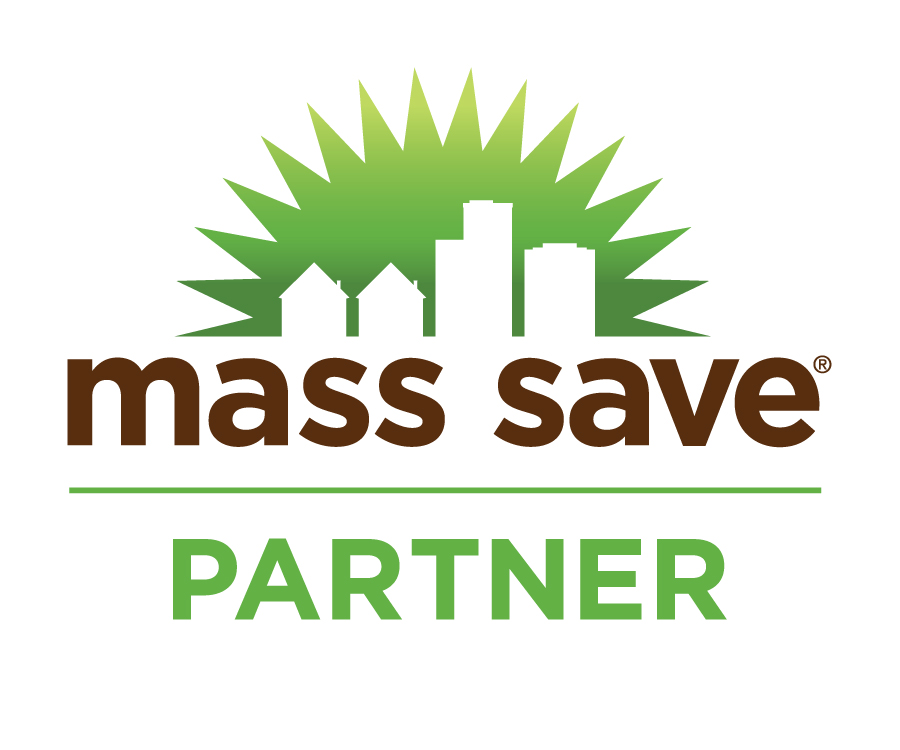Mass Save Work follows the EPA and Massachusetts Division of Occupational Safety as guiding authorities.
When Should Lead-Safe Practices be followed?
U.S. EPA requires compliance to lead-safe practices when all three elements of the following criteria are met:
1. The home was built before 1978
2. The home has not been identified and verified as lead-based paint-free, and
3. Either, the disturbed lead-based painted surface is more than six square feet per room of interior surface or twenty square feet of exterior surface.
Renovation Notice about Lead Safety
Homeowners and apartment occupants, living in units built before 1978 are required by Federal law to receive the EPA pamphlet, “Renovate Right Important Lead Hazard Information for Families, Child Care Providers and Schools”, before starting any renovation work. Written notification of receipt from an adult resident of the home must be received. If not, this occupant can be sent the pamphlet by certified mail including the receipt in the client file.
Post Weatherization Cleanup
Clearance testing is not an obligation for weatherization work and is not a permissible expenditure of DOE funds. Cleanup at the end of the Lead-Safe Weatherization work necessitates using a HEPA vacuum, (a HEPA filter in a standard vacuum is not an acceptable substitute) wet cleaning methods, a visual inspection, and the collection and disposition of any dust, debris, or chips with the rest of the Jobsite waste.
Certification
All Weatherization Mass Save Contractors must have an EPA-approved Lead- Safety RRP training and certification before being a part of the Mass Save program. USEPA requires a presence of a certified individual on the site to ensure proper work.
Pollution Occurrence Insurance Coverage
This is the DOE’s latest guideline for the Lead-Safe Weatherization. While many of the obligatory regulatory requirements didn’t start until April 1, 2010, DOE takes this as the “Best Practice” for Lead-Safe Weatherization work and the methods outlined must be strictly used as a guideline for working safely in homes that might contain lead.
Wiring Safety Concerns:
- Electric shock while working around wiring in all areas of homes.
- Fire resulting from loose wiring connections.
- Fire resulting from lack of dissipation of heat because of insulation around heat-producing sources (i.e. recessed light fixtures).
- Integrity and safety of knob and tube wiring
To Minimize Risk:
- Workers must follow precautions while wiring
- Verify proper wiring connections and fuses.
- Verify proper blocking out of insulation around heat-producing sources.
